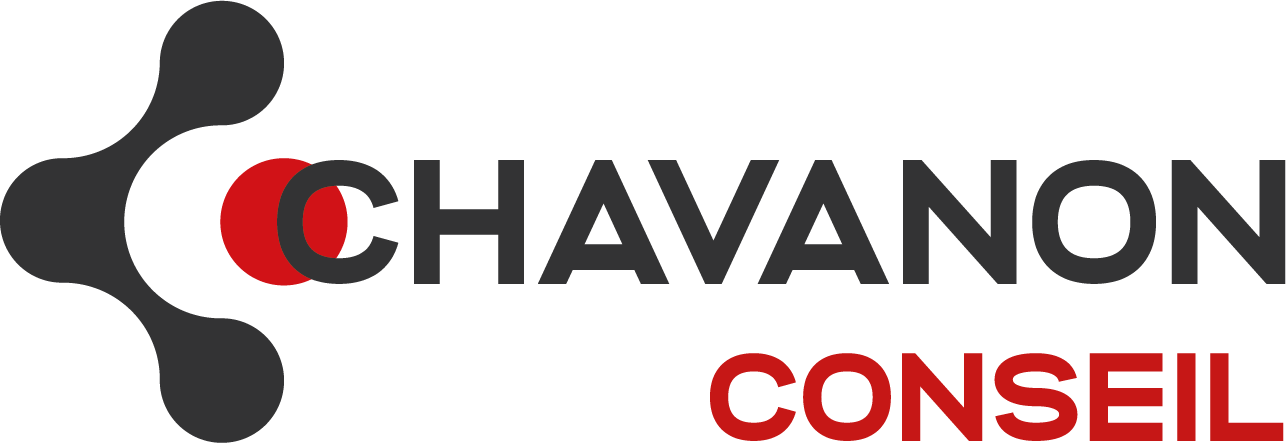Fire in a waste paint container.
An industry sector with a high accident rate.
Managing a Fire in a Bin of Paint Waste
The fire required the intervention of 25 firefighters.
This shipment, labeled under UN1263, was most likely conducted in compliance with Special Provision 650, pertaining to waste from packaging residues, solidified or liquid paint residues.
Bulk transport is then permitted in covered vehicles, closed containers, or large covered containers.
The article specifies an "open-top dumpster truck". I assume instead that the covering tarp has burned, unless it was non-compliant with ADR regulation.
Benefiting from this special provision, the transport document must include the designation: "UN1263, PAINT WASTE, 3, II, (D/E)"
Waste Management and Valorization According to ADR Regulations
Waste management is always a complex issue. Valorization facilities provide shippers (industrial or otherwise) with dumpsters and advise them on the choice of UN codes to use. However, the responsibility rests solely with the shipper. Only they truly know the contents of the dumpsters. Some shipments are sometimes made under ADR exemption, on the valorizer's recommendation, in total violation of ADR regulations. This allows the use of a driver without an ADR 8.2 license. Only the shipper will be held responsible. Moreover, even if the UN code seems relevant, the shipper must ensure that goods of other hazard classes do not get mixed into the dumpster, as part of waste process control at the operational level. Simply adding a few oxidizing products (nitrates, bromates, chlorates, ...) can promote fire ignition. Without any malicious intent, throwing all partially empty packages into a dumpster without much sorting can cause such incidents. The accident analysis will determine its actual origin.
We assist you in classifying your waste and securing your shipments, to ensure compliance with regulations.


 A unique communication solution at the service of businesses
A unique communication solution at the service of businesses